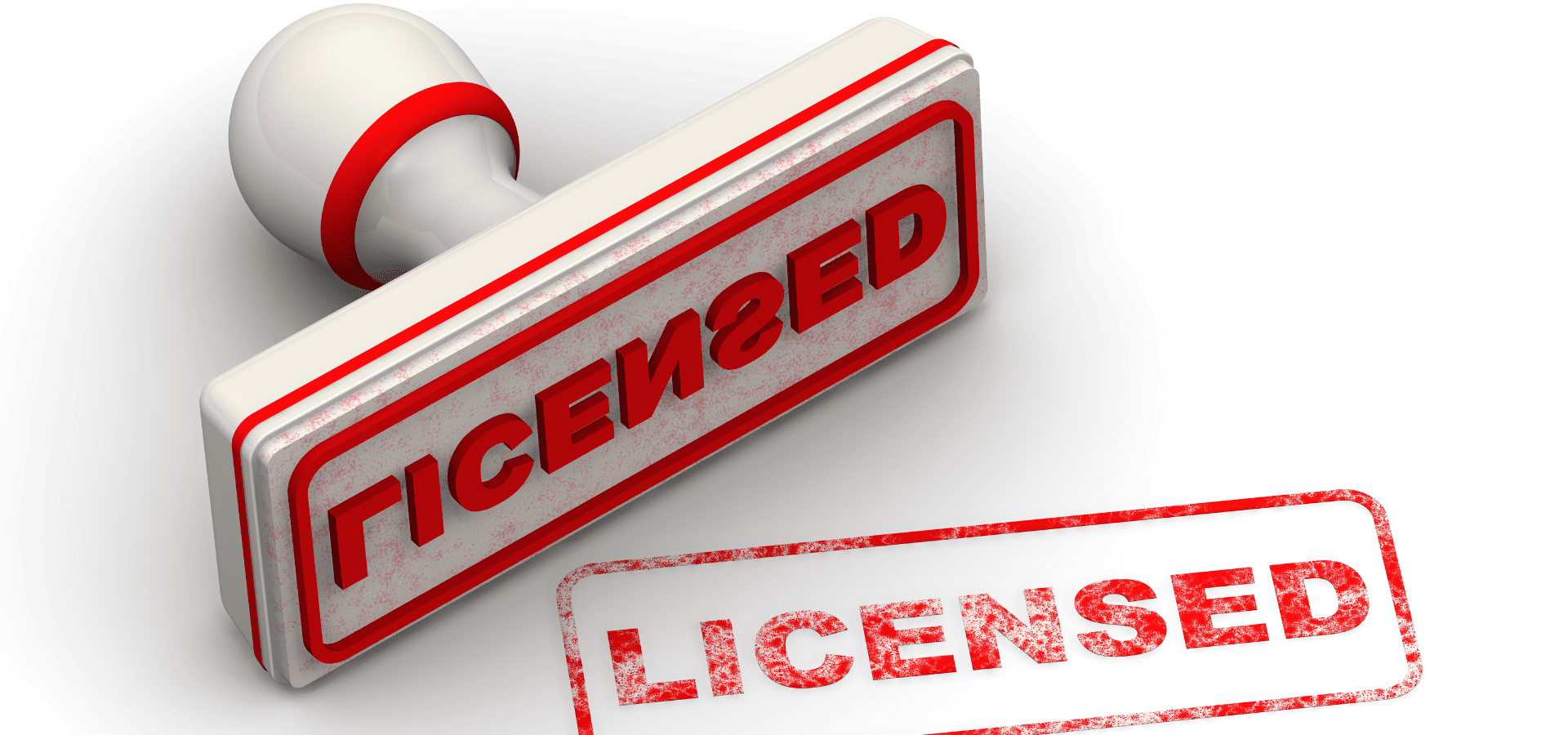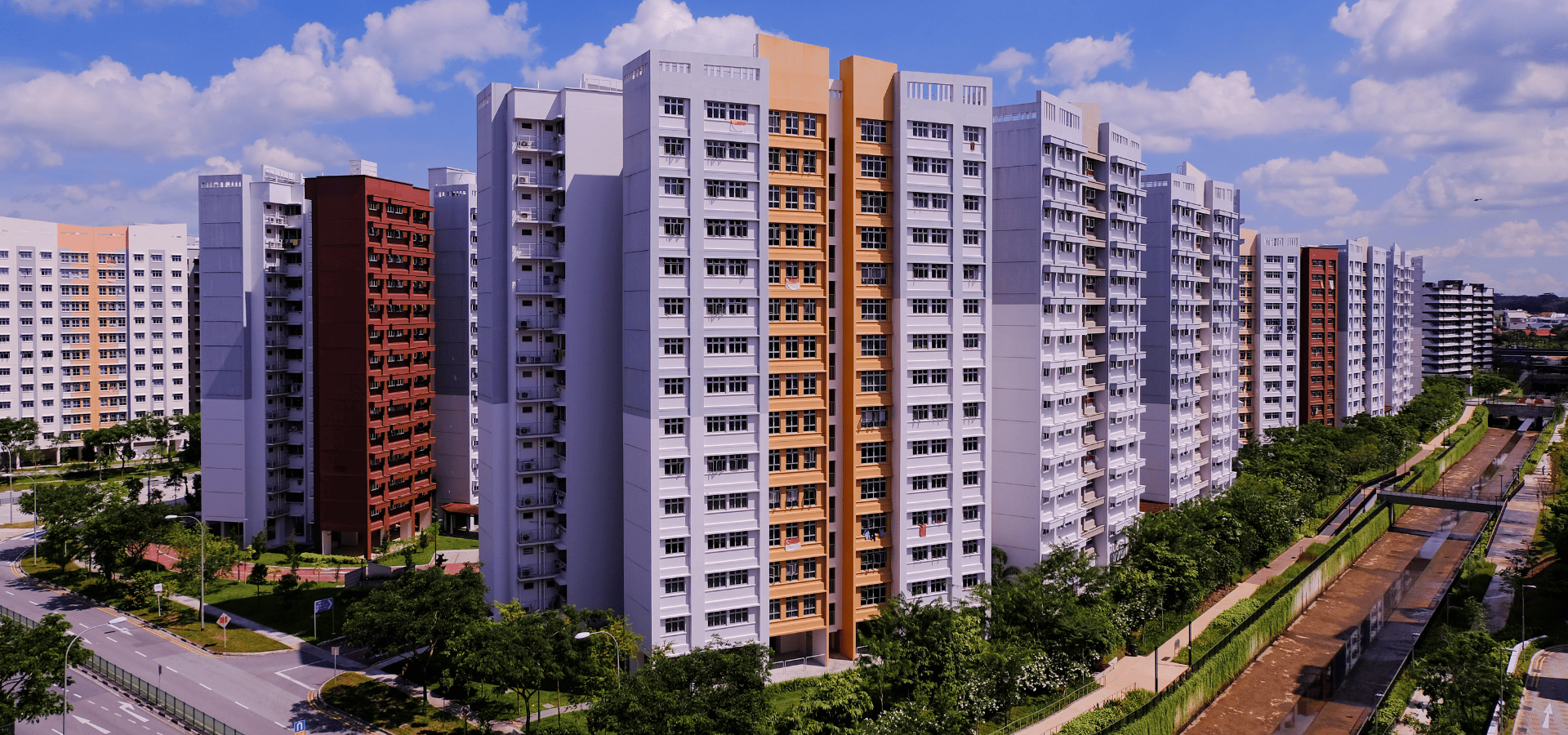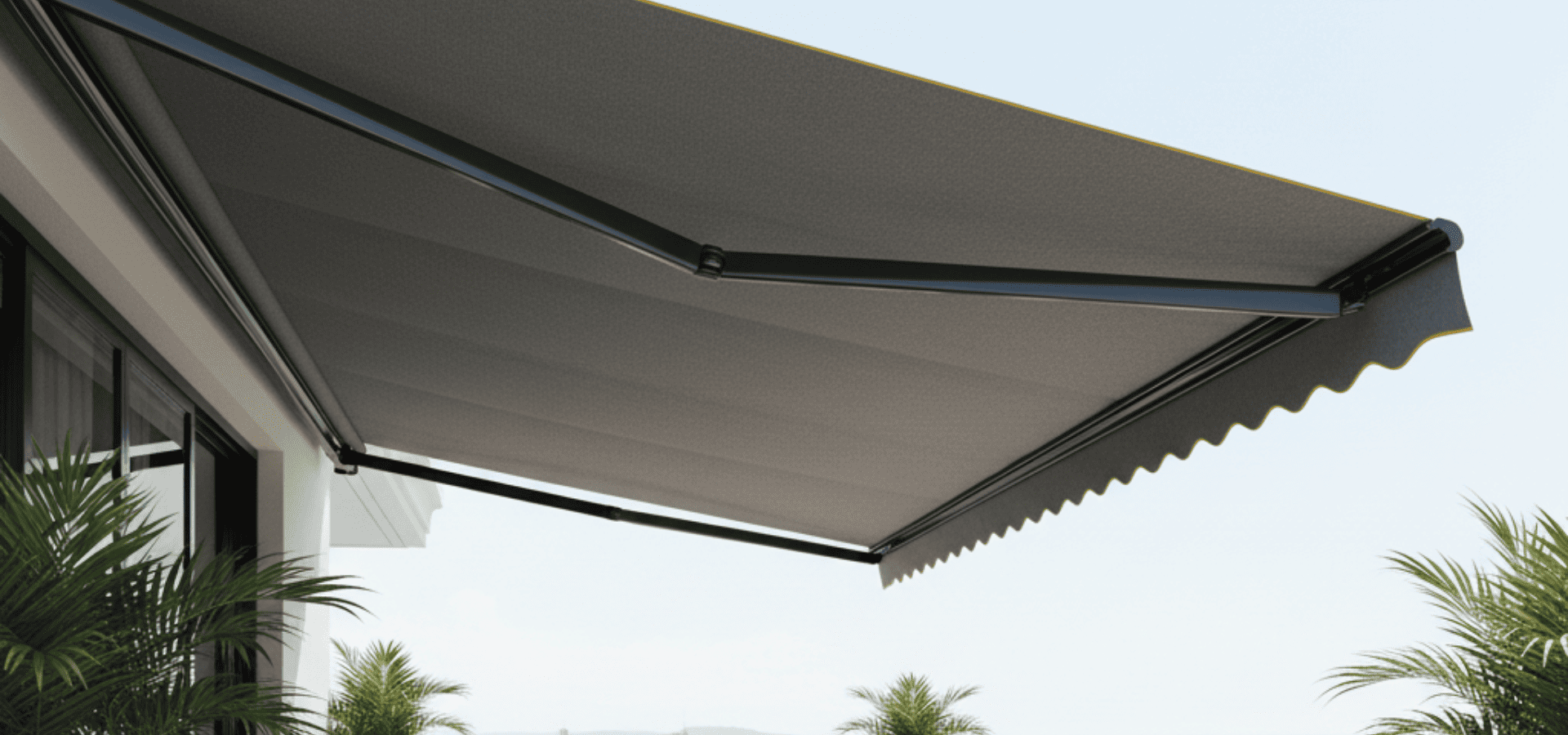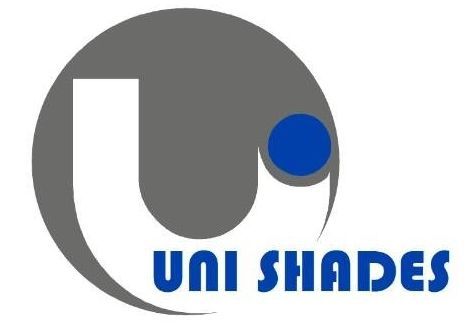How To Hire The Right Certified Awning Contractor In Singapore
Adding an awning to your space makes it much more liveable and usable.
A balcony that was previously too hot to use in the day, even during cooler days, becomes a cool retreat with the simple addition of an awning.
And on those cold, rainy days that all Singaporeans love universally, you can sit outside on your patio or balcony and feel the cool, refreshing breeze.
All these are only possible if your awning is installed properly though.
The last thing you want is to be enjoying the cool breeze one moment, only to have your awning collapse on you the next.
That's why it's important that you do your research and engage a reputable, certified awning contractor.
Awning installation may not seem like a difficult task, but it still has its challenges.
And it's not just about knowing how to overcome those complexities, but also using good materials and abiding by guidelines.
To ensure your awning lasts for years to come, you need to do your due diligence and find a trustworthy, certified contractor that will install your awning securely, use top-notch materials, and adhere to regulations and best practices.
Not sure how to go about doing that or what to look out for?
Fret not.
That's what this article is here for.
Read on to learn how to find a solid awning installer you can count on!
Why Are Certifications Important?
Singapore's laws and regulations are famously strict, and their awning regulations are no exception.
You’ll have to wrestle with not one, not two, but
three different authorities and follow all their regulations just to get an awning installed. These are the Building and Construction Authority (BCA), Urban Redevelopment Authority (URA), and the SCDF.
Yes, you read that right. The Singapore Civil Defence Force has regulations in place governing awnings!
And to comply with these regulations, the first step is to engage a certified contractor.
This certification isn't just so that you know you're hiring someone who knows what they're doing — it’s literally a legal requirement for your awning installation to be considered licensed and legal.
Non-compliance with these rules or unlicensed installations can lead to forced removal, voided insurance claims, and hefty fines, so you definitely don’t want to go down that route.
Now, the fact is, just because a contractor is certified, doesn’t mean that he or she will definitely do a good job with the installation, or even adhere to regulations.
However, at the very least, if anything goes wrong, the contractor is accountable. Being a registered and certified contractor, they are legally expected to maintain safety and quality standards, which means any lapses are legally their fault.
In addition, engaging a certified contractor ensures your insurance claims will go through. Installations by unlicensed or uncertified individuals are usually not covered by insurance.
All in all, certifications are necessary for your awning installation to be licensed and legal, and they legally bind your contractor to be responsible for the installation’s success and regulatory compliance. Certifications also ensure that you’re covered by insurance.
What Certifications And Licenses To Look Out For

Alright, now that we’ve established the importance of certifications, let’s move on to the certifications and licenses to look out for, as well as how to check if a contractor has them.
bizSAFE Certification
The first certification that ALL contractors should have, not just awning installers, is bizSAFE certification. While this isn’t actually a legal requirement, the bizSAFE certificate tells you that contractors follow proper workplace safety protocols.
To get this certificate, contractors need to go through a structured five-level program administered by the Workplace Safety and Health Council (WSHC).
So the bizSAFE certificate ensures that your contractor is aware of and implements safety protocols when carrying out their works.
BCA License
The next credential that all awning installation companies need to have is a BCA license. A BCA license means that a company is officially registered with BCA, the single most important authority when it comes to building works.
BCA registration means the contractor has been assessed for their technical skills, track record, safety performance, and work category expertise, and has been officially approved by BCA to carry out certain categories of building and construction work.
In other words, you’re hiring a licensed contractor, so your awning installation will be licensed and legal.
HDB Registration (For HDB Works)

Not all works require an HDB-registered contractor, but awning installation does, because it involves structural elements.
Even if an awning contractor is BCA-registered, but not registered with HDB, they’re not allowed to install awnings for HDB flats.
Awning installation by a non-HDB-registered contractor is considered illegal, so when you’re engaging a professional to install an awning for your HDB flat, make doubly sure that they’re registered with HDB.
Qualified Person (QP)
A Qualified Person is either a registered architect or professional engineer who is authorized by BCA to prepare, sign off, and submit building or structural plans to government agencies.
The awning installation company is the one that installs the awning, and they’re likely highly proficient in carrying out the installation.
However, the structural plan is a different matter. Various physics concepts, formulas, and measurements need to be taken into account to come up with a safe and compliant structural plan.
It’s a highly technical process that demands precise calculations and expert oversight to ensure safety and compliance. That’s why the BCA mandates that a QP needs to be the one submitting these plans.
It is possible for your awning contractor to also be a QP. If that’s the case, then he or she can be the one to submit the plans too.
But if not, even if your awning contractor is actually capable of coming up with a safe and compliant structural plan, it’ll still be rejected by the BCA or HDB, as it wasn’t submitted by a QP.
For an awning installation to be licensed and legal, there are three keys:
- It needs to be carried out by a registered professional
- The installation must adhere to awning regulations
- The structural plan must have been approved
Basically, your awning installation company needs to either employ a QP or have access to one. Otherwise, no matter how well they carry out the installation and adhere to regulations, it’ll still be an unauthorized installation, which by extension makes it an illegal installation.
How To Check For The Above Credentials
The easiest way is to simply ask the company for proof. An honest, reputable awning contractor will gladly provide proof.
If they seem hesitant or refuse, then that’s a huge red flag, because it means they likely don’t have the certifications, and you should steer clear of such companies.
That said, even though the company shouldn’t have any issues with showing you proof of their credentials, it’s still best to look up these credentials yourself. This way, you can be sure that they’re not lying about it.
It’s also faster to do a search on your own end than to ask the company, and then wait hours or even days for their reply.
So here’s how to check for each of those certifications.
- BCA registration: Simply go to the BCA directory and search for the company name or UEN.
- HDB registration: Search in HDB’s Directory of Renovation Contractors (DRC)
- Qualified Person: To check if someone is a QP, you can search the Board of Architect’s (BOA) Register of Architects or the Professional Engineers Board’s (PEB) Directory of Professional Engineers with Practising Certificates.
You’ll notice that we left
bizSAFE certification out, and that’s because for bizSAFE certification, there isn’t any online directory or online search portal, so the only way to know is to check with the contractor directly.
Again, the contractor shouldn’t have any problem with showing their bizSAFE certificate to you. If they do, that’s a sign that they either don’t have it, or their certificate is expired, so you’ll want to pass on them and look for someone else to perform the installation.
Just seeing the certificate isn’t enough either. You need to make sure it’s valid, certified to a high enough level, and that the certificate actually belongs to the company.
The bizSAFE certificate should state the bizSAFE level (1 to 5), company name, expiry date, and the Workplace Safety and Health Council (WSHC) logo.
Ensure the name on the certificate matches the company’s name on ACRA or BCA, the certificate isn’t expired, and that it certifies them to ideally bizSAFE level 3 or higher.
Additional Evaluation Criteria To Ensure You Hire A Reliable Contractor

At this point, we’ve already gone over what credentials to look for when engaging an awning installer, as well as how to check for them.
That’s a great starting point, but don’t stop there.
Credentials are a great first step, but they’re not everything. Just because someone has the necessary certifications doesn’t guarantee that they’ll do a good job or adhere to guidelines. It just means that your awning installation will at least be legal and licensed — not well-done or compliant, just legal and licensed.
So how do you make sure the contractor isn’t just certified, but will actually do a good job and adhere to regulations?
That’s where these additional evaluation criteria come in. Here are other considerations to factor in when choosing an awning installation company.
1. Reviews
One of the strongest, if not the strongest sign of a business’s competency and trustworthiness is its reviews and ratings.
After all, first-hand experiences of other customers paint a much truer picture of a business than whatever they say about themselves.
You should be able to find a good number of customer reviews on the company’s Google Business Profile or Facebook page. You can also browse renovation forums like Renotalk to see what others are saying about them.
Obviously, the higher the rating the better, and ideally, you’ll want businesses with at least 10 customer reviews. This isn’t just so that you have a good sample size, but also for you to know that they have experience serving many other customers’ homes.
2. Years In Business
Another important criterion to evaluate is how many years the company has been in business.
Of course, a company can be around for many years and still deliver subpar work.
But remember, the longer a business has been around, the more they have to lose — their reputation, their customer base, and their industry standing.
Established and reputable businesses have much more to lose, and as such, are much more likely to ensure each job is done to the best of their abilities and that their customers are satisfied.
There’s also the fact that if a business has been around for many years, it’s withstood the test of time, and isn’t just some fly-by-night operation. To be able to survive for many years, it must have delivered quality work, or at least work that’s good enough such that customers don’t lodge complaints and get them shut down.
That’s why being around for many years is in itself testament to a business’s quality and professionalism.
3. Warranties And Insurance
Finally, the last thing to check for is whether the business offers warranties on both the product and their installation.
It goes without saying that offering warranties is a must to protect customers, and if a company doesn’t offer warranties for both the materials they use and the quality of their work, that’s a telltale sign that they don’t have confidence in what they’re offering.
Product warranties should be anywhere from 1-3 years for basic brands and 5-10 years for premium brands, and installation warranties should cover you for at least a year, with more reputable awning contractors usually offering 2-3 years.
Make sure warranties are documented in black and white.
As for insurance, there are two main ones to look out for — Work Injury Compensation Act (WICA) insurance and public liability insurance.
WICA insurance covers medical costs or compensation for workers injured on the job, so needless to say, it’s an absolute must-have. If a company doesn’t have WICA, as the homeowner, you could be liable for workers’ injuries, so you need to make doubly sure that the awning installer you work with has WICA insurance.
Moving on to public liability insurance, this is basically insurance covering damages to third parties, i.e. you, your family members, your property, your neighbours, and so on, due to the contractor’s work.
This covers all sorts of damages, like wall cracks, leakages, and even awning collapses, so it’s a critical layer of protection to have.
Conclusion: Invest in Quality And Assurance
With that, you should know how to go about finding a certified awning contractor that you can rely on to install your awning safely and securely.
Established and reputable contractors may cost more, but remember, you’re paying for quality and assurance. Trying to save on a good professional and opting for a less reputable one can end up costing you more in repairs, replacements, and even regulatory fines and penalties.
So don’t try to cut costs here. Spending a little more to engage a proper, trustworthy company ensures you get a safe and secure awning installation with minimal headaches, and your additional investment will definitely be worth every cent.


